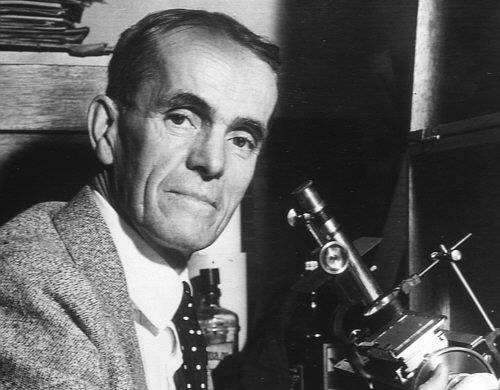Thanks to him, we know more about the stars: who is Walter Sydney Adams?
Besides, he studied the sunspots and, starting from the period of observing these spots, he measured the speed of the Sun around its axis.

(1876-1956) American astronomer. Through spectrometry, he obtained important information about the stars and the Sun. He was born on December 20 in Antakya, Turkey. After completing his missionary duty, he returned to the USA in 1884 with his family. He studied astronomy at the universities of Dartmouth, Chicago, and Munich. He worked in the establishment of the Mount Wilson Observatory in California in 1904 and was the director of the same observatory for many years (1923-1946). He died on May 11 in Pasadena, California.
As a result of his observations at Mount Wilson in 1914, Adams determined that the spectra of giant and dwarf stars were different from each other and that this difference was due to the "absolute magnitudes" of the stars. Determining that the magnitude (luminance) of a giant star is greater than that of a dwarf star so that there is a linear relationship between absolute magnitude and absolute magnitude, Adams classified the stars according to their absolute magnitudes and calculated the sizes of most of them. Also in those years, he confirmed that the difference between a star's apparent magnitude and its absolute magnitude was due to that star's distance from the ground, and from this point he measured the distance of thousands of stars.
Focusing his work on spectrometry, Adams in 1949 detected the presence of gas clouds of varying velocities and a number of dark streaks, which are clearly observable in the stellar spectra. Long after that date, examinations made in 1961 revealed that these clouds caused the dark streaks. By observing the displacement of the spectral lines, Adams also studied the structure of planetary atmospheres, measuring the displacement rates of the stars. Besides, he studied the sunspots and, starting from the period of observing these spots, he measured the speed of the Sun around its axis.
Adams is one of the designers of the giant 508 cm diameter telescope placed at the Mount Palomar Observatory in 1948. Until the construction of a larger (600 cm diameter) telescope in the USSR in 1970, this reflecting-type telescope remained the world's largest telescope for many years.
